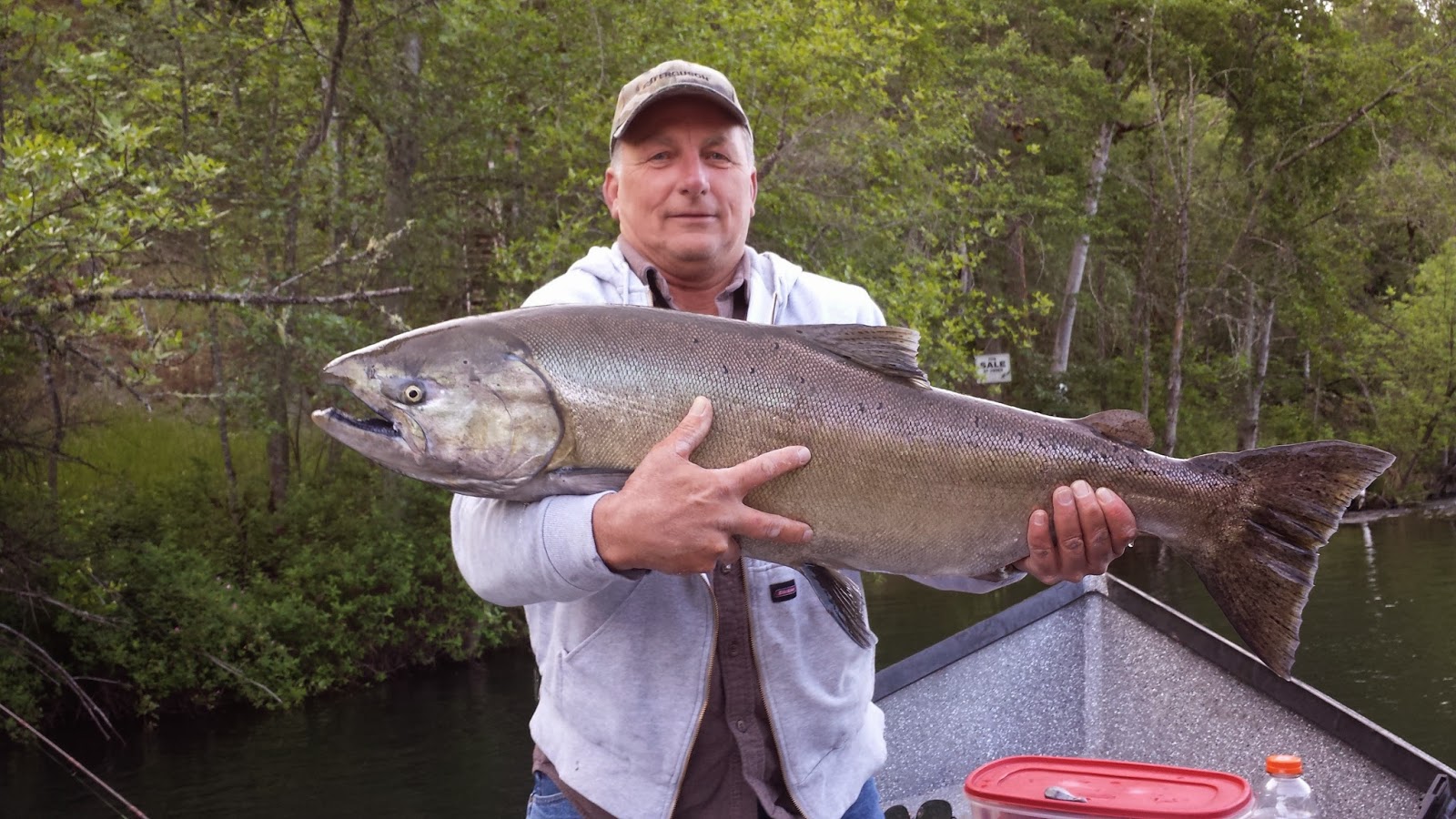

It is a regular breeder and uncommon migrant. In Oregon, Peregrines occur as resident and migratory populations. Peregrines are medium-sized raptors, and share characteristics with all falcons: bill conspicuously toothed and notched, presence of a nasal cone, and pointed wings for swift flight. It has, for perhaps 4,000 years, been used by falconers because of its skill in capturing game birds in tandem hunts with humans. They are one of Oregon's boldest raptors, and have been observed usurping active Golden eagle nest sites, stealing fish from Ospreys and ground squirrels from adult Bald eagles who stray into their territory. They are described as the fastest animal on the planet, and have been recorded reaching speeds in excess of 240 miles an hour in dives after prey. Peregrine falcons are among the most charismatic and noted of the world's birds. The American kestrel breeds statewide in open terrain from sea level to the alpine zone in the mountains. These birds soar with their long and pointed wings flat, and regularly hover over open and partly open country with scattered trees, including cultivated lands and occasionally suburban areas. Females are slightly larger than males and have reddish-brown backs and upper wing coverts that are barred with dark brown. Juvenile males are similar to adult males but have heavily streaked breasts.

The tail has a wide black subterminal band. Adult males have rufous backs and tails with blue-grey upper wing coverts. It has two considerably different plumages: adult male and female and juvenile males differ somewhat from adult males until post-juvenile mold in fall. Formerly known in American literature as the Sparrow hawk, this is the smallest (dove-sized) and most familiar and abundant member of the family Falconidae in North America and one of the easiest raptors to observe.


 0 kommentar(er)
0 kommentar(er)
